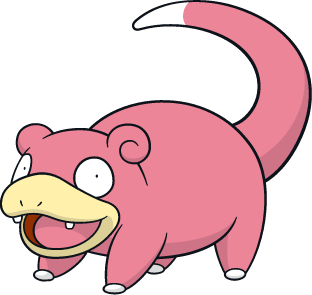I'll give you a perfect example of misinterpreted data used to make half-cocked arguments. This is from earlier in this thread.
This quote was liked by Goro/Lord_Vader/etc, and they're right, that 53% would be ****ing horrifying if it actually represented the chances of matching as a US-IMG, but it doesn't. And it doesn't take much detective work to understand why that number doesn't represent that. But people just throw it out there because it fits their argument, rather than actually understanding where it comes from. I'll put it all here so you don't even have to leave this thread.
If you look at the ECFMG report from 2013,
http://www.nrmp.org/wp-content/uplo...tional-Medical-Graduates-Revised.PDF-File.pdf,
you will see that the average time since graduation for the unmatched cohort of US-IMGs is
5.7 years.
When people say "match rate", they usually mean the chances of a recent graduate who is in the match for the first time. This is exemplified by the fact that the NRMP data reports actually breaks up US allopathic applicants into US seniors vs. US grad.
But when quoting that 53% you are not actually describing US-IMGs in the match for the first time, you are describing all US-IMGs in the match regardless of how many times they have applied. The NRMP data reports don't differentiate US-IMG senior vs US-IMG grad. There is without a doubt a percentage (~10%) of US-IMGs that manage to graduate from school, but are poor applicants (semester failures, step failures, etc) and are not able to ever match. This small yearly cohort continues to apply every year, builds up over time (hence the
5.7 years above), and drastically skews the US-IMG "match rate".
If you want to include those reapplicants when describing true US-IMG "match rates", then you also have to include all the applicants from those previous years that did successfully match. If you don't do this (like the NRMP data reports), you are way oversampling the poor applicant/unmatched cohort. The NRMP does actually recognize this because they split US allopathic applicants into those 2 groups, they just don't do it for IMGs for some reason.
People try to say the US MD vs US-IMG match rates are 94% vs 53%, which is in fact comparing 2 completely different data sets. The yearly match rates for NRMP defined US grads (i.e. non-matched applicants from previous years) are actually 40-50%, showing that poor applicants, regardless of where they come from, do not do very well in the match.
The first-time match rate for the big 3 caribbean medical schools is between 80-90%. Granted this does not take into account students lost to attrition before graduation, which is no doubt substantial.
But when people say caribbean
grads have a ~50% chance of matching, they are grossly misinterpreting the data.

